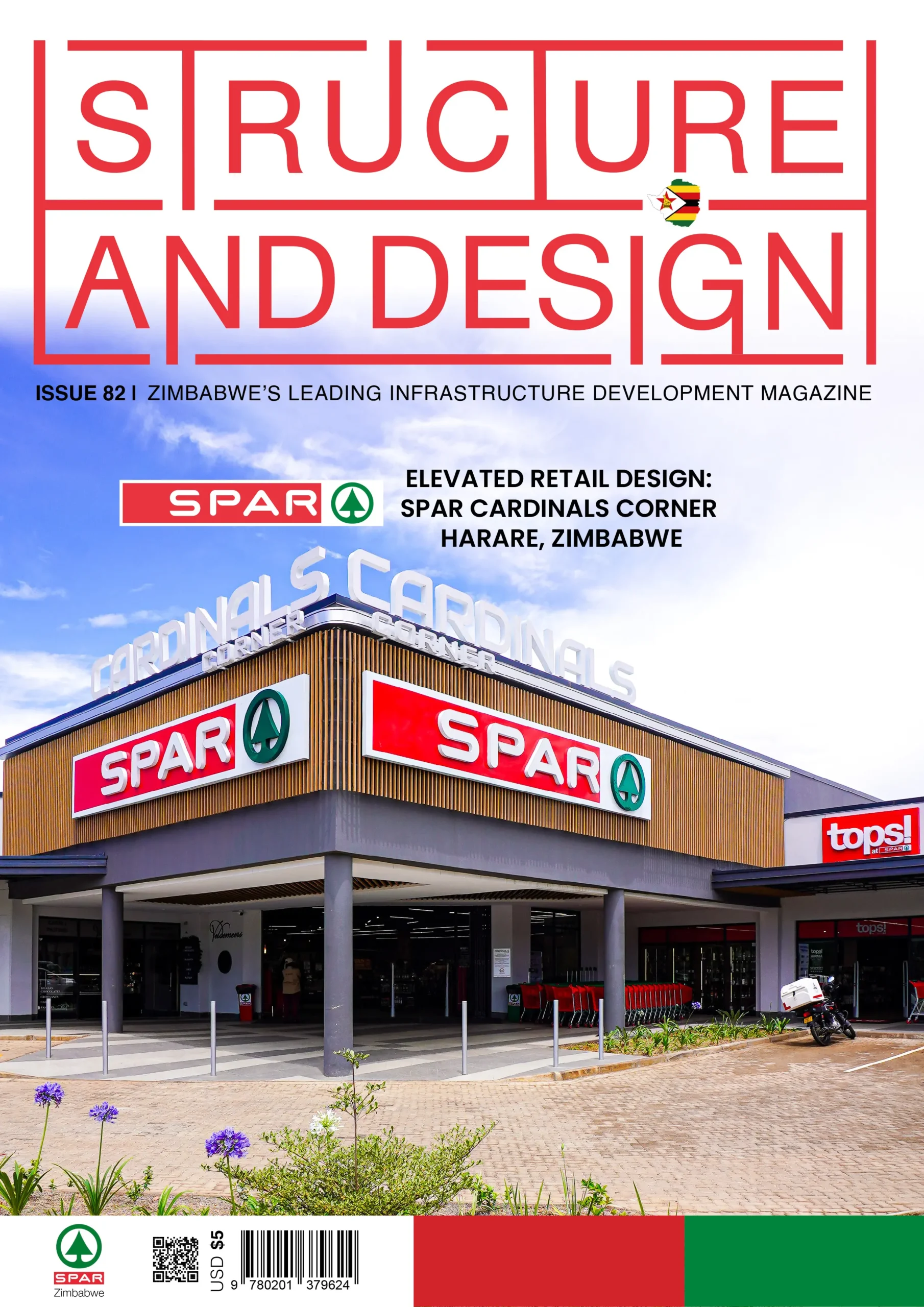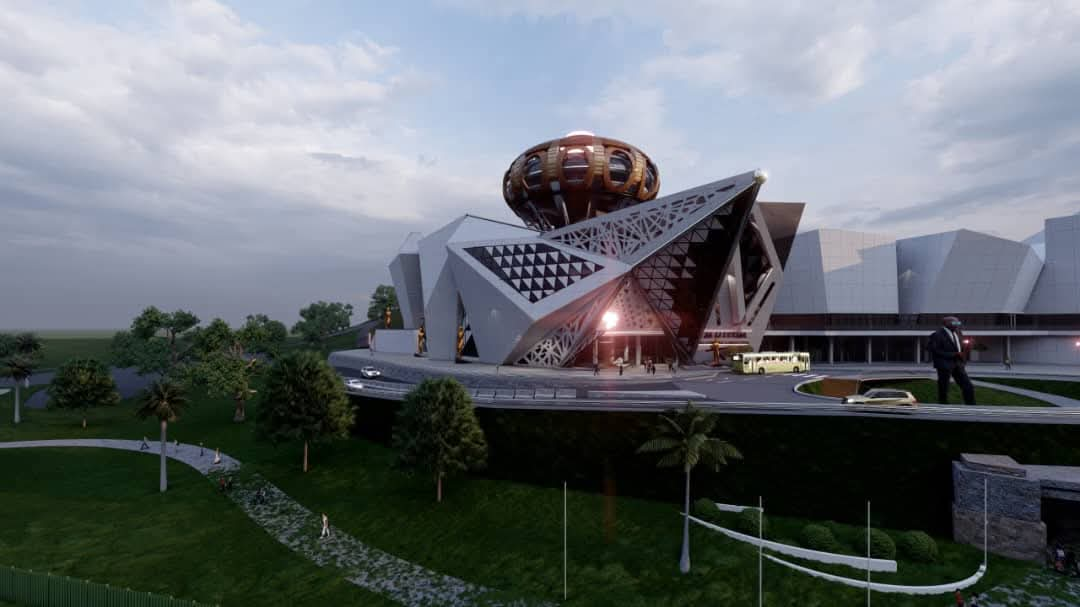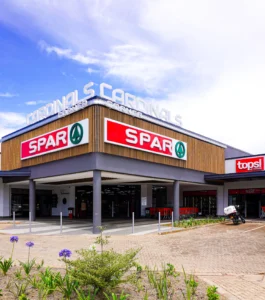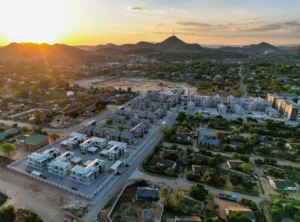Kalamain’s ambitious project at the Rooneys Headquarters in Hatfield is progressing smoothly, with the construction firm on track to meet its March completion deadline. The transformation of the site, reflecting significant investment, stands as one of Kalamain’s most substantial commercial undertakings to date.
Following up from a previous report on the structural phase, the site has witnessed remarkable progress. Taurai Chinyemba, Kalamain’s Site Manager, highlighted the advancements made since the initial groundwork. “The last time you were here, we were working on the engineering part of the structures. We were mainly doing foundations, sub-columns, steel structure, and framework in general. So, from there, things have been going on quite well so far,” he explained.
However, the project wasn’t without its challenges. The rainy season posed a significant hurdle, particularly concerning drainage. “Just a few cases where we had problems with drainage. We managed the drainage by actually having to, at some point in time, stop all work onsite to fix the drainage. That included stormwater drains during the rain season because we’re going into shutdown over the Festive Holidays,” Chinyemba recounted.
The team dedicated two weeks to rectifying the drainage issues, recognizing the potential for chaos without a proper system in place. “Without drainage, it would be chaotic. So that’s what we focused on. But as for now, I can say all drainage is perfect and its among some of the very last work activities we have been doing of late.”

With the structural phase largely completed, the focus shifted to the aesthetic aspects of the buildings. “We were on schedule in terms of the structural part of it. What was left was mainly the aesthetic part of the building, which included starting with the brickwork and you move on to wet trades, which are almost complete. It’s to do with the aesthetics of the building. Sort of like final touches,” Chinyemba noted.
During the last week of February, the construction teams concentrated on wet trades, including flooring, concrete, and skimming, across the three main buildings designated for events, administration, and the canteen. This work has been ongoing since the resumption of construction on January 12th.
The two large warehouses, intended for main storage and maintenance, are nearing completion and are slated for handover to the client by the end of February 2025. The remaining tasks involve meticulous finishing touches, such as wall perfection, sanding, and touch-ups on painting. Most of the work on these warehouses, along with three smaller buildings, has been finalized and is ready for handover.
The completion of wet trades is contingent on favorable weather conditions. “When you’re doing wet trades, flooring, concrete, and the like, you need the dry weather so that everything dries up quickly for it to be polished and completed,” Chinyemba emphasized.
As of now, the project is estimated to be around 85 percent complete. With March marking the final month of construction, the team is intensifying its efforts, including weekend work, to meet the deadline. The goal is to finalize the major works, including wet trades, within the first two weeks of March, leaving the remaining two weeks for final snags, touch-ups, and external works.
The external works are a significant focus for the final phase, encompassing paving, cabins, staff car parks, and other landscaping elements. The paving is particularly crucial due to the heavy traffic expected on the site, including heavy load trucks. The team has implemented a robust paving solution to ensure durability.
“The paving is special due the site being a heavily trafficable area, using heavy load trucks, and the like. They had to stabilize the road, as seen in the two layers done on the roads around the headquarters,” Chinyemba explained. The paving process involved a two-layer system, with the top layer stabilized to withstand heavy traffic. Interlocking block pavers, specifically 80-millimeter pavers for enhanced strength, are being used to complete the surface. These pavers offer both durability and aesthetic appeal, allowing for the integration of greenery and preventing erosion.

Heavy-duty industrial capstones, weighing 88 kg each and supplied by PMB, are being used for the external works. Additional external improvements include the construction of main entrance cow beds and culverts to prevent curving. “We had to extend a bit, Saint Patrick’s Road, because this site has so much traffic coming in and out of the site. We had to actually modify the smooth movement of traffic that’s going either way. To ensure that there is smooth movement of traffic,” Chinyemba stated. This involved extending entrances and applying asphalt to ensure smooth traffic flow.
Despite the challenges encountered, particularly with drainage, the project has progressed smoothly. “The project so far has been going on well. Not so many problems that we have faced except the drainage situation. I would say if all goes well, we should be done by the end of March, which is our target,” Chinyemba concluded, expressing confidence in the team’s ability to deliver the project on schedule.
From S&D Issue 73










